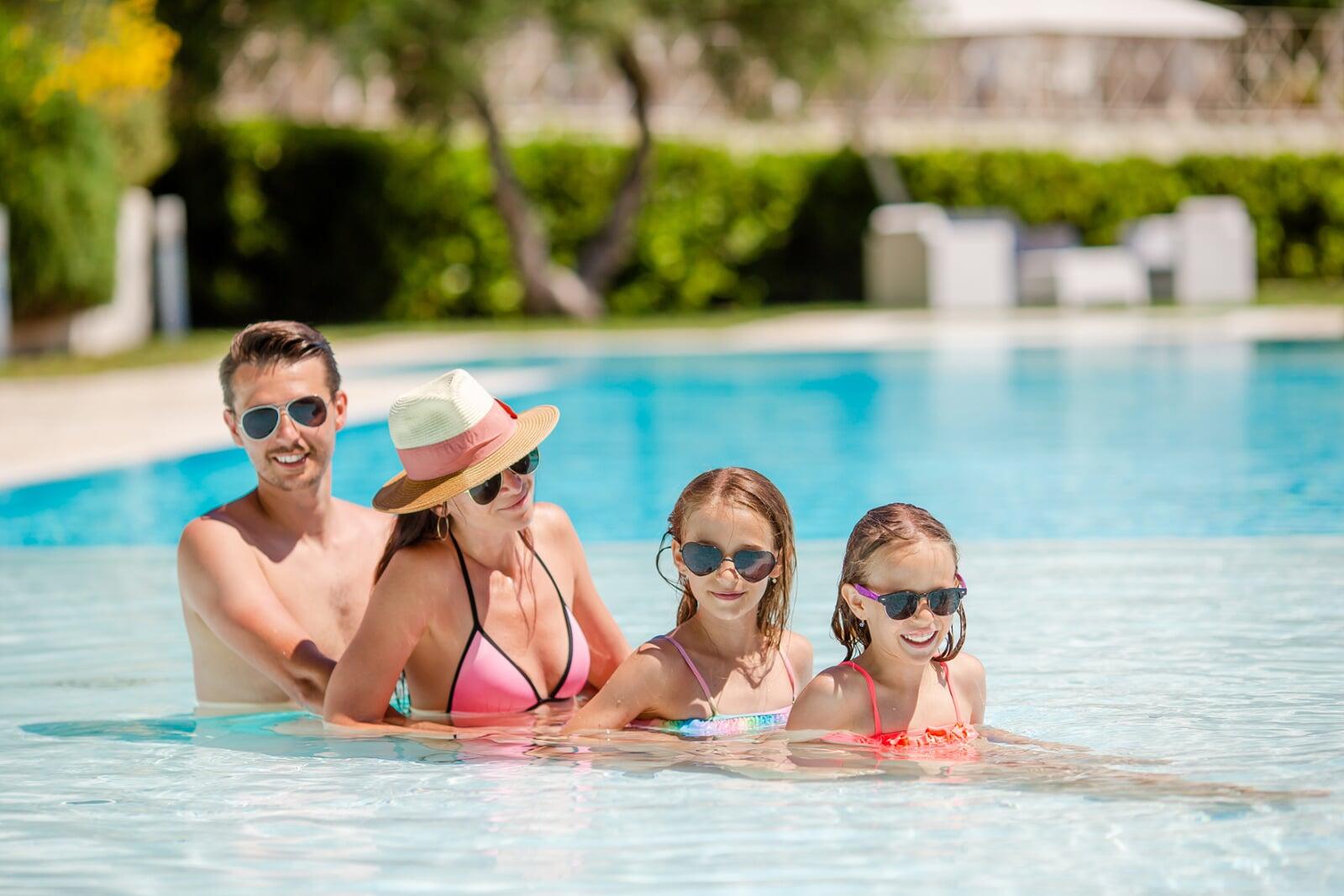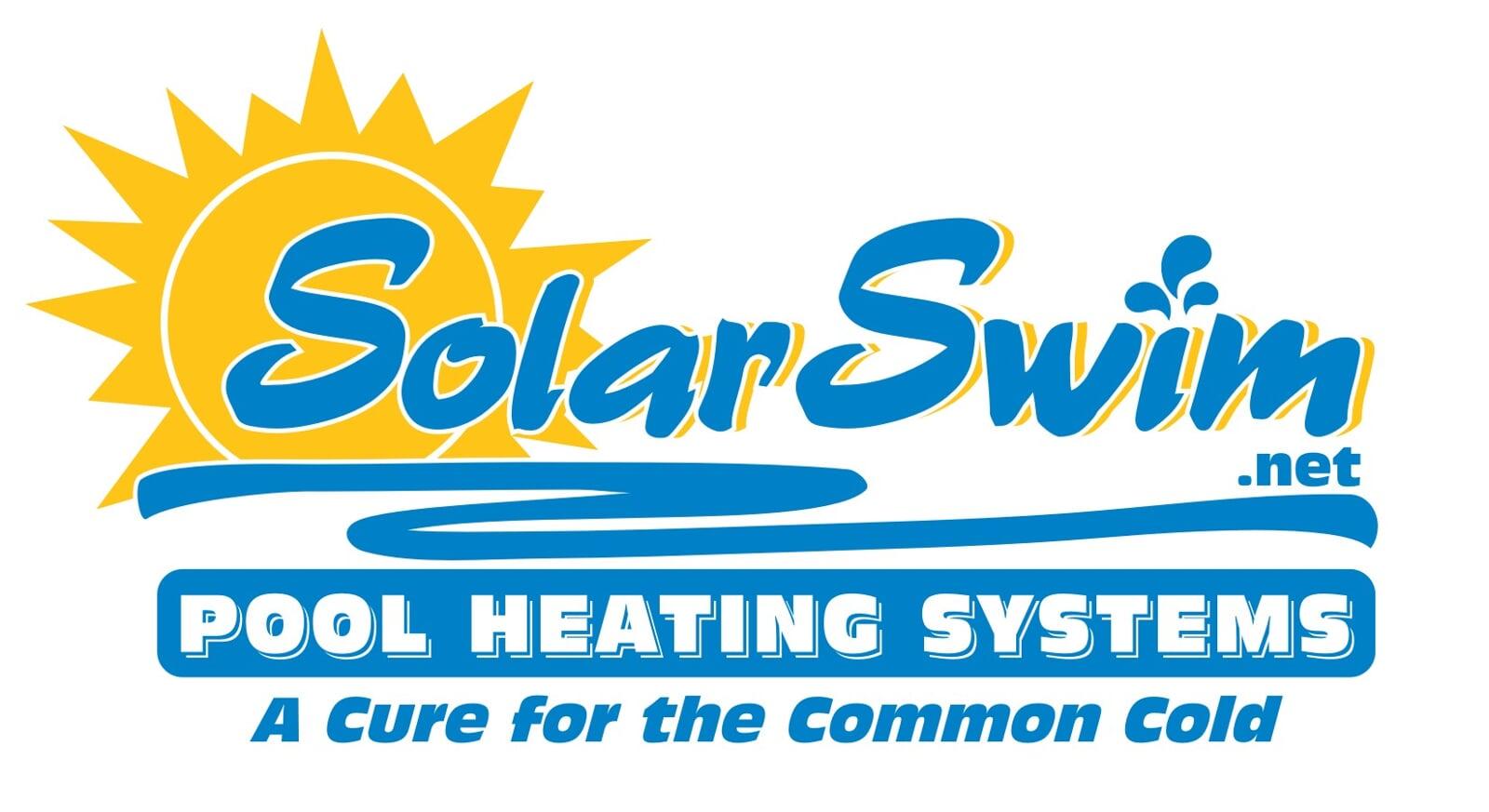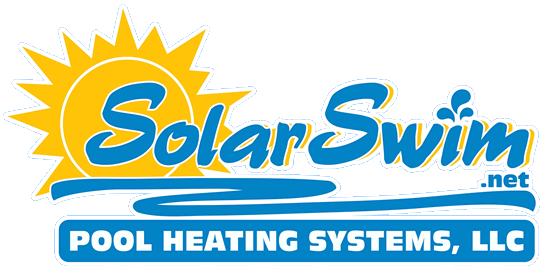
As the rest of this web site is devoted to Solar and other alternative heating systems for the pool, we recognize that not everyone needs or desires to heat their pool, and not everyone can have an automatic pool cover. In fact less than 10% of pools built today would allow the use of an automatic cover by design which we will address later in this discussion. For existing pools, barring a complete renovation, almost no one has knowledge or control over what type of piping was used and the flow restrictions inherent in hard elbows, underground piping, and poor manifold design. We concern ourselves, therefore, for the remainder of this discussion to the functional necessity of the often forgotten, often ignored stand-alone swimming pool pump.
Every pool needs a pump as everyone must filter their pools on a daily basis. The pump can be compared to the very heart of your pool and your piping to its circulatory system and this discussion can benefit not only some but all pool owners taking the time to read it, understand it, and implement some of the ideas and suggestions put forth toward a more ‘Healthy’ pool. We conclude with a small discussion of the pros and cons of using a solar blanket or as we prefer to call them a “lunar” blanket, and an expose’ of typical cookie-cutter pool designs.
Because the pool pump is said to present the second-largest electrical demand in a household after central air conditioning systems, the savings generated by understanding and implementing an energy-efficient pump can be significant. You could change light bulbs until your entire household is illuminated in purple low-quality light, and you are literally blue in the face, and the cumulative savings per year will not be much greater than what you will save in just a few short weeks in the summer by switching to an energy-efficient pool pump. For many homeowners, particularly those not burning gas to heat their pools, switching to an energy-efficient pool pump can be the single greatest home energy savings measure that they might undertake ever!. Unlike attic insulation, new windows and new central air systems costing many thousands of dollars, at well under a thousand dollars installed, the new energy-efficient single speed pool pump may offer the homeowner his greatest return on investment of all the energy savings measures available or in some cases, his second greatest return on investment after first replacing a gas-guzzling pool heater with an equally capable professional solar heating system, generally recognized as the ultimate green energy product available*.
*(when calculating the amount of BTU’s produced over its intended lifespan vs dollars invested or cost of ownership, nothing even comes close to return on investment or environmental friendliness as a professional solar pool heating system!)
Prior to the SPEC movement which began in California, pool owners were limited in what steps they could take to reduce the cost of running a pool. During the seventies when the oil crunch spawned the development of solar pool heating collectors, these were adapted by people with pools heated by natural gas, oil and propane. At the time, electricity was readily available and cheap. And for the most part, electrical efficiency in residential pool design simply did not need to be addressed.
This all changed after the explosive growth of the 80’s and 90’s. Precious natural gas to fuel power plant generators was becoming more expensive, coal fired energy plants were being phased out due to growing environmental awareness, and the cost of producing new energy generating facilities was growing exponentially higher due to fuel costs, land costs, environmental constraints and ever more stringent permitting processes. When it began to appear as though California may not be able to meet its energy requirements during periods of peak demand, (so eloquently phrased in this quote by filmmaker/author Michael Moore: “California didn’t have enough energy to run its juicers and execute its prisoners”,) legislators began to dream up ways to lessen this demand so as not to put the great state of California in the embarrassing predicament brought about by ‘rolling blackouts’, a common phenomenon in poorly managed and third world countries.
One such piece of legislation voted into law disallowed the continued use of single-speed pool pumps on all new construction and existing pump replacements. California Title 20 states that after January 2008, you will no longer be able to legally purchase or install a single-speed pump 1 hp or greater in the state of California for new or existing pools. Homeowners who had no prior knowledge of multispeed pumps would be forced to agree to have the same old inefficient pumps installed but with the more expensive dual-speed capability. Because this lower speed was not optimized for any aspect of their particular system, and they didn’t truly understand the potential benefits of this additional lower speed, they would simply ignore the lower setting and continue to run the pump on the familiar high speed! This problem was exacerbated by the fact that almost none of the pools and plumbing systems were optimized for low speed operation and as such, the lower speeds were perceptively and functionally inadequate for meeting the filtration demands of the pool. The available lower speeds just didn’t seem to work as well, didn’t produce the desired results, and were thus largely ignored. In addition, although compliance was assured on new pools through the permit and inspection process, the explosive growth in internet sales proved that there was no way to force compliance in the replacement pump market, potentially larger than the new construction market each year. I believe that it has been the recognition of this loophole in noncompliance that has since spawned a whole industry-wide re-examination of the role of the basic residential pool pump and the results to the industry over the last several years have been nothing short of amazing!
Engineers began to look at ways to make the pump more efficient by doing more with less. Whereas the California approach to running longer periods at lower wattage was acceptable in theory and on paper for that time period, in the real world, little or no savings were being realized. Engineers have been able to make great progress in new cooler running and permanent magnet motor designs, more efficient impeller designs, multispeed capability, and finally the state of the art pump of today which combines some elements of all these state of the art refinements. As of 2012, the variable speed, variable flow, electronic SVRS-VGB compliant, permanent magnet synchronous motor pumps have the potential to be the most energy-efficient pump for many applications and are being hailed as the new revolutionary pool pumps. Because the pool pump has been proven to be the single largest consumer of electricity in a household without central air conditioning, the savings potential for the average residential consumer employing some variation of energy-efficient pump designs can be immense. Of course, in households with central air conditioning, the pool pump averages a close second in overall energy consumption. But please note as these aging, inefficient air conditioning units become tired and beyond repair, the industry has responded nicely with energy-efficient replacement options. You will never see an air conditioning contractor recommend a model with similar efficiencies to the one being replaced. More than likely you will get to choose from models between 50% to 150% more efficient than the ones being replaced depending upon your budget because as is usually the case, the most efficient models, offering the greatest potential savings, garner the highest initial costs. When a household using a standard 2 hp pool pump upgrades to a super-efficient AC unit, then the pool pump may move to the top of the list for energy usage in their household! And yet, when your 1.5 or 2 hp pool pump bites the dust, there is little or no talk of a more energy-efficient model, no talk of kilowatt-hours and savings, and generally no knowledge or discussion of the newer state of the art energy savings pool pumps amongst your average pool retailer and pool Service Company. Equally compelling is the fact that there will be very few companies and contractors who will actually recommend a smaller (lower hp) pump based upon their observations of your particular pool and equipment. In fact, it is common practice to entice you to step up a notch in pump sizing from 1hp to 1.5 or from 1.5hp to 2 with the assurance that it will simply be ‘better’. The simple truth of the matter is, however, that the most efficient pool pump for any application is the pump that gets the job done for the lowest purchase price and the lowest cost of ownership. One serious drawback of the latest variable speed electronic pumps has been the considerably higher cost of both stocking and retailing these pumps combined with the added costs of an electronic control module and a certified electrician to install and program all of the features and safety measures. Swimming pool companies would just as soon continue to sell and install the standard duty pumps of yesteryear due to the ease of installation and their familiarity with these proven workhorses. You can expect to pay several thousand dollars upfront for the most efficient variable flow pumps to realize a savings on average of about $400 per year. This can be a difficult pill for most homeowners to swallow and pool companies to propose.
In the process of developing these new ‘revolutionary’ multi-speed pumps, the engineers went back to the drawing board and re-applied some of this new technology to the old fashioned single speed pump. This is where we see the potential for the greatest cumulative energy savings in the history of the swimming pool, the single-speed energy-efficient pool pump, and the shift in manufacturing that renders the California proposition 20 law virtually obsolete.
As mentioned above, according to F.S.E.C. (Florida Solar Energy Center), in the average residential household the pool pump is the largest user of electricity after the central air unit! Let that sink in. The only exceptions are households where a heat pump is used daily to heat the pool (or house). In this case the central air takes a backseat to the heat pump and the order of consumption becomes Heat pump, Central air, and then pool pump. Conversely, if you are using a super-efficient air conditioner unit and a larger inefficient pool pump then this can be reversed. The point here being that running a pool for any length of time each year can be a costly proposition, and these costs remain insidiously buried in your summer or annualized utilities bills when compared to your more obvious seasonal pool purchases of chemicals and other consumables


